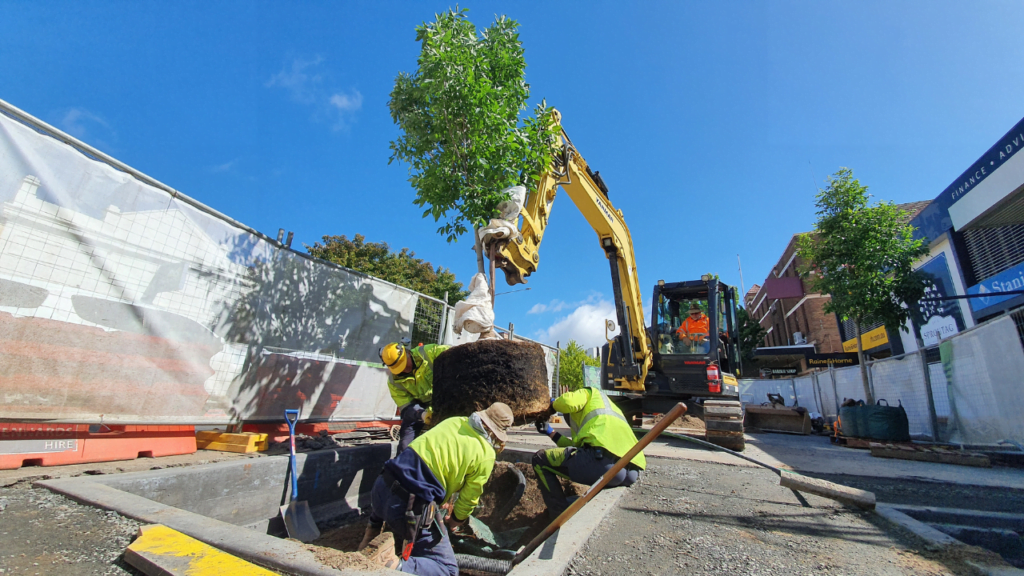Posted by Christina Greene on Tue, Mar 03, 2015 @ 10:13 PM
Advanced Tree Pit Design Enhances Urban Forestry
With increasing urbanization, and more highly concentrated populations within cities, strengthening the green infrastructure is becoming increasingly important. One of the largest opportunities for impact is maintaining and enhancing the urban canopy. This is addressed most readily by advanced tree pit design, which refers to the subterranean structures put in place during planting.
In Minneapolis, the local government conducted research that revealed well-planted trees provide a strong financial incentive in addition to the ecosystem benefits. The research found a $2 million savings between a storm water conveyance system, or subterranean cell systems.
Peter MacDonagh, a landscape architect, said in an ASLA interview, “larger, older trees are far more valuable than younger ones, so work needs to be done to preserve these and use new techniques to enable younger trees to stay in place longer.”
As trees were planted in the past, the soil they were placed in was compacted, causing a lack of nutrients, storm water management, and root establishment. As a result, the trees struggle to thrive and provide their benefits to the local environment and infrastructure. Often, these struggling trees will either die, stop growing, or begin to push through and ruin sidewalks and roads.
“The Center for Urban Forest Research calculates that large-canopy trees …outperform small trees…and they do not start adding significant environmental performance until they reach 30 feet,” states Matthew Gordy, a landscape and urban design professional.
By utilizing cell systems, the strain put on the trees’ growth is almost completely eliminated, resulting in lower costs, and increased shade, stormwater management, and overall well being of the populaces and local infrastructure.
Get more information on advanced soil cell systems here.


